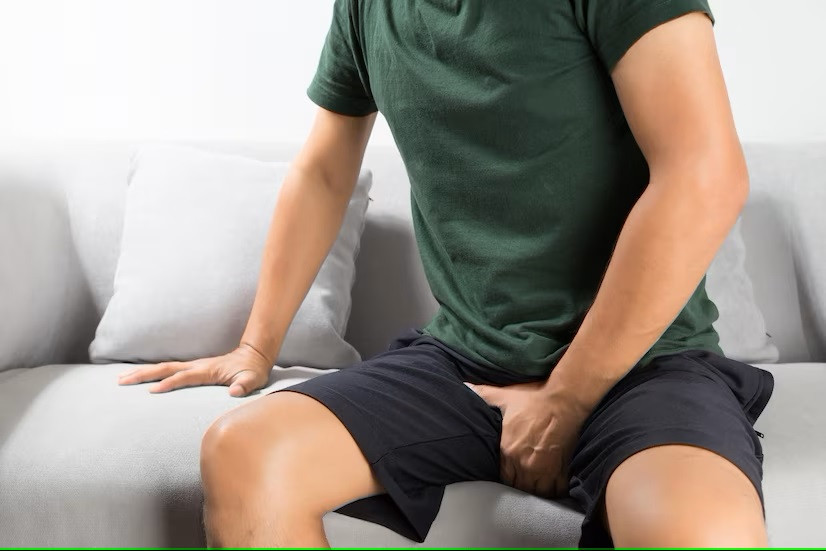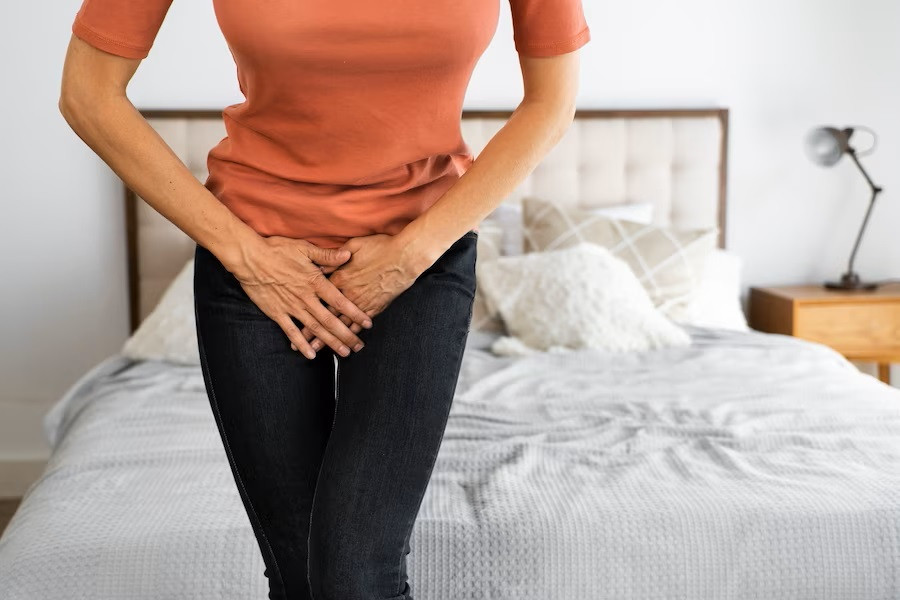Hemorrhoids can result in pain and affect your daily routine. Mild hemorrhoids are not harmful and may not manifest any symptoms. Nevertheless, if hemorrhoids are extensive, additional treatment may be necessary in addition to medication.
What is hemorrhoid?
Hemorrhoids are enlarged blood vessels located in the anus and rectum. This condition may result in a lump, anal pain, and bleeding during defecation. The exact origin of hemorrhoids is unknown; however, it is primarily due to the increased pressure on the blood flow around the anus.
Various factors can lead to this augmentation in blood circulation, such as:
- Chronic constipation
- Pregnancy-induced weight gain
- Prolonged periods of sitting
- The tendency to use excessive force
- Obesity
- Anal sex
Internal and external hemorrhoids are the two main types of hemorrhoids. When hemorrhoids form in the rectum, they are not palpable or visible to the naked eye. On the other hand, when external hemorrhoids form, they resemble small pimples under the skin surrounding the anus and can be either pink or bluish in color.
Blood stains in stool or on pants are possible symptoms of internal hemorrhoids, which induce bleeding from the rectum. On the other hand, external hemorrhoids typically manifest with an itchy anus, a painful or tender lump surrounding the anus, pain in the anus, or a lumpy sensation overall, particularly when seated.
Hemorrhoid stages and treatment
The treatment for hemorrhoids is determined based on the stage or severity of the condition. The primary objective of hemorrhoid treatment is to relieve the inflammation that can lead to the rupture of hemorrhoids. The stages of hemorrhoids and the appropriate treatment methods are as follows:
Stage 1
Hemorrhoids in stage 1 refer to a condition in which the hemorrhoids extend into the anus but do not protrude outside of it. This level is the least serious and is typically not dangerous. Stage 1 hemorrhoids are characterized by the presence of symptoms such as anal hemorrhage or bleeding while passing stools.
In the initial stage of hemorrhoids, the condition typically resolves spontaneously. Stage 1 hemorrhoids can be treated by using analgesics and following a nutritious diet consisting of high-fiber foods.
Stage 2
Stage 2 hemorrhoids are characterized by bleeding from the anus and the protrusion of pads from the anal canal, also known as rectal prolapse. When you stop pushing, this anal pad will immediately return to its original position. It is unnecessary to attempt to return it to the anus.
The doctor might recommend conservative hemorrhoid treatment therapy, such as rubber band ligation, for stage 2 hemorrhoids. This procedure involves binding the hemorrhoid lump with a special rubber band and then cutting off the blood flow to the hemorrhoid. The hemorrhoids will gradually fade away as the affected tissue rots.
Additional options for treatment include infrared coagulation, which involves applying infrared radiation to the inflammatory tissue, and injection sclerotherapy, which involves injecting medications into the inflamed tissue.
Stage 3
Protruding anal pads during routine activities or straining are symptoms of stage 3 hemorrhoids. At this stage, the protruding anal pad will not go back into place on its own; you will need to use your fingers to do so.
Stage 4
Hemorrhoids continue to prolapse outside the anus in stage 4, the most severe type of hemorrhoids. The next step in treating a hemorrhoid, depending on its severity, may involve referring the patient to a surgeon. Surgical removal or stapling of hemorrhoids is the standard surgical procedure for treating this condition. Stage 3 and 4 hemorrhoids typically respond effectively to this treatment.
Hemorrhoids can be treated with dietary changes, lifestyle modifications, or medication, depending on their severity. If your hemorrhoids have advanced to a severe stage, your doctor may recommend surgery. If you need medical advice or consultation, you can either visit a doctor or make use of the consultation features that are available in the Ai Care application by downloading the Ai Care application from the App Store or Play Store.
- dr. Monica Salim
Perry, K. (2022). Hemorrhoids Treatment & Management. Available from: https://emedicine.medscape.com/article/775407-treatment?form=fpf
Mayo Clinic. Hemorrhpids. Available from: https://www.mayoclinic.org/diseases-conditions/hemorrhoids/diagnosis-treatment/drc-20360280
Cleveland Clinic. Hemorrhoids. Available from: https://my.clevelandclinic.org/health/diseases/15120-hemorrhoids
Health Direct. Haemorrhoids. Available from: https://www.healthdirect.gov.au/haemorrhoids-piles











